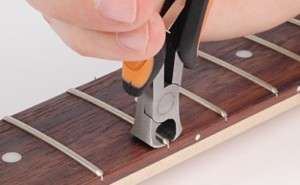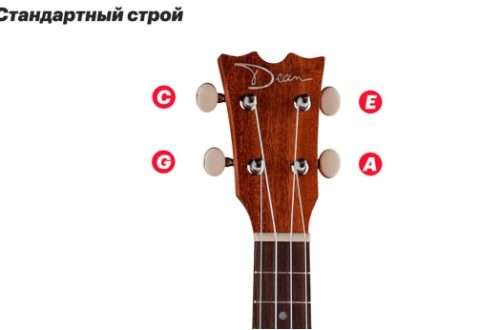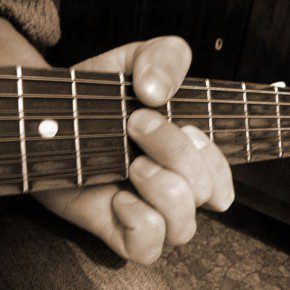How to play the violin: basic playing techniques
Contents
New post about how to play the violin. Previously, you have already become acquainted with the structure of the violin and its acoustic features, and today the focus is on the technique of playing the violin.
The violin is rightfully considered the queen of music. The instrument has a beautiful, sophisticated shape and a delicate velvety timbre. In eastern countries, a person who can play the violin well is considered to be a god. A good violinist doesn’t just play the violin, he makes the instrument sing.
The main point of playing a musical instrument is staging. The musician’s hands should be soft, gentle, but at the same time strong, and his fingers should be elastic and tenacious: relaxation without laxity and tightness without convulsions.
Correct selection of tools
It is necessary to take into account the age and physiological characteristics of the beginning musician. There are the following sizes of violins: 1/16, 1/8, 1/4, 1/2, 3/4, 4/4. It is better for young violinists to start with 1/16 or 1/8, while adults can choose a comfortable violin for themselves. An instrument for children should not be large; this causes difficulties when setting and playing. All the energy goes into supporting the instrument and, as a result, clenched hands. When playing the violin in first position, the left arm should be bent at the elbow at an angle of 45 degrees. When selecting a bridge, the size of the violin and the physiology of the student are taken into account. Strings must be purchased in chords; their structure must be soft.
Technique for playing the violin for the left hand
Staging:
- the hand is at eye level, the arm is slightly turned to the left;
- The 1st phalanx of the thumb and the 2nd phalanx of the middle finger hold the neck of the violin, forming a “ring”;
- elbow rotation 45 degrees;
- a straight line from the elbow to the knuckles: the hand does not sag or protrude;
- four fingers are involved in the game: index, middle, ring, little finger (1, 2. 3, 4), they should be rounded and “look” with their pads at the strings;
- the finger is placed on the pad with a clear blow, pressing the string to the fingerboard.
How to play the violin – techniques for the left hand
Fluency depends on how quickly you place your fingers on and off the string.
Vibration – giving a beautiful sound to long notes.
- – long rhythmic swinging of the left hand from the shoulder to the fingertip;
- – short swing of the hand;
- – rapid swinging of the phalanx of the finger.
Transitions into positions are made by smoothly sliding the thumb along the neck of the violin.
Trill and grace note – quickly playing the main note.
Flagolet – lightly pressing the string with the little finger.
Technique for playing the violin for the right hand
Staging:
- the bow is held at the block by the pad of the thumb and the 2nd phalanx of the middle finger, forming a “ring”; 2 phalanges of the index and ring fingers, and the pad of the little finger;
- the bow moves perpendicular to the strings, between the bridge and the fingerboard. You need to achieve a melodious sound without creaking or whistling;
- playing with the whole bow. Movement down from the block (LF) – the arm is bent at the elbow and hand, a small push with the index finger and the arm gradually straightens. Upward movement from the tip (HF) – the arm from the shoulder to the knuckles forms an almost straight line, a small push with the ring finger and the arm gradually bends:
- playing with a brush – a wave-like movement of the hand using the index and ring fingers.
How to play the violin – basic steps
- He was a child – one note per bow, smooth movement.
- Legato – a coherent, smooth sound of two or more notes.
- Spiccato – a short, intermittent stroke, performed with a brush at the low end of the bow.
- Sottier – duplicated spiccato.
- Tremolo – done with a brush. A short, long repetition of one note in the high-frequency bow.
- Staccato – a sharp touch, bouncing of the bow in the low frequency in one place.
- Martle – fast, accentuated holding of the bow.
- Markato – short martle.
Techniques for left and right hands
- Pizzicato – plucking the string. It is most often performed with the right hand, but sometimes with the left hand.
- Double notes and chords – several fingers of the left hand are simultaneously placed on the fingerboard, the bow is drawn along two strings.
The famous Campanella from Paganini’s violin concerto



